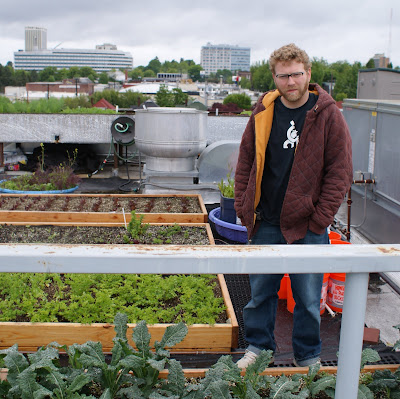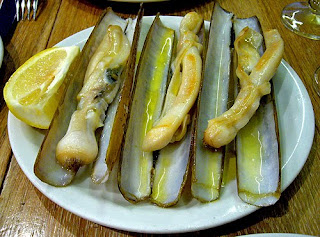
The emergence of more technical cookbooks has become a testing ground for a more technical approach to publishing. For the past few years, publishing houses have been looking more seriously at online and interactive book formats. I remember the first e-book I downloaded in 2005. It was an online book that was never printed, only ever a pdf file.
In 2008, the release of two highly polished cookbooks filled with large, exotic photographs, and promising special online features. Alinea (Ten Speed Press) and Quique Dacosta (Montagud Editores) are both books utilizing modern cooking techniques, sometimes called molecular gastronomy, and both books draw recipes from the famous restaurants of their authors.
The Alinea book was published with extensive recipes, editorials and photos of completed dishes and the processes of creating them. The website for the book,
http://www.alinea-mosaic.com/ became interactive the following year, describing the development of new dishes and the ideas behind them. For example, you can read about the idea and development of a new presentation on the spring 2010 menu, of squab with charred strawberries, served on a birch log. Book Cost: $50.
The Quique Dacosta book takes a different approach. At the time of publishing, it has already assembled a website,
http://www.quiquedacosta.com/, filled with exclusive photographs, archives and essays describing dishes created at El Poblet restaurant over the past decade. There is not much actual recipe content, mostly full page photography. More substantial content is withheld on the website only for those who purchase the book. Montagud Editores even printed the website along the spine of the book, and promoted the website as part of the sale package. Once you buy the book, you get a special access code. Then you can view a dish from the 2005 menu, sea barnacles with zucchini and stevia. Book Cost: $199.
Even though I understand the high costs, both ecologically and economically, of printing books with ink and paper, I hope publishers continue to actually print books, even if some, or most of the content moves online. The media business is clearly changing, but I plan to keep my bookshelf.

.jpg)


